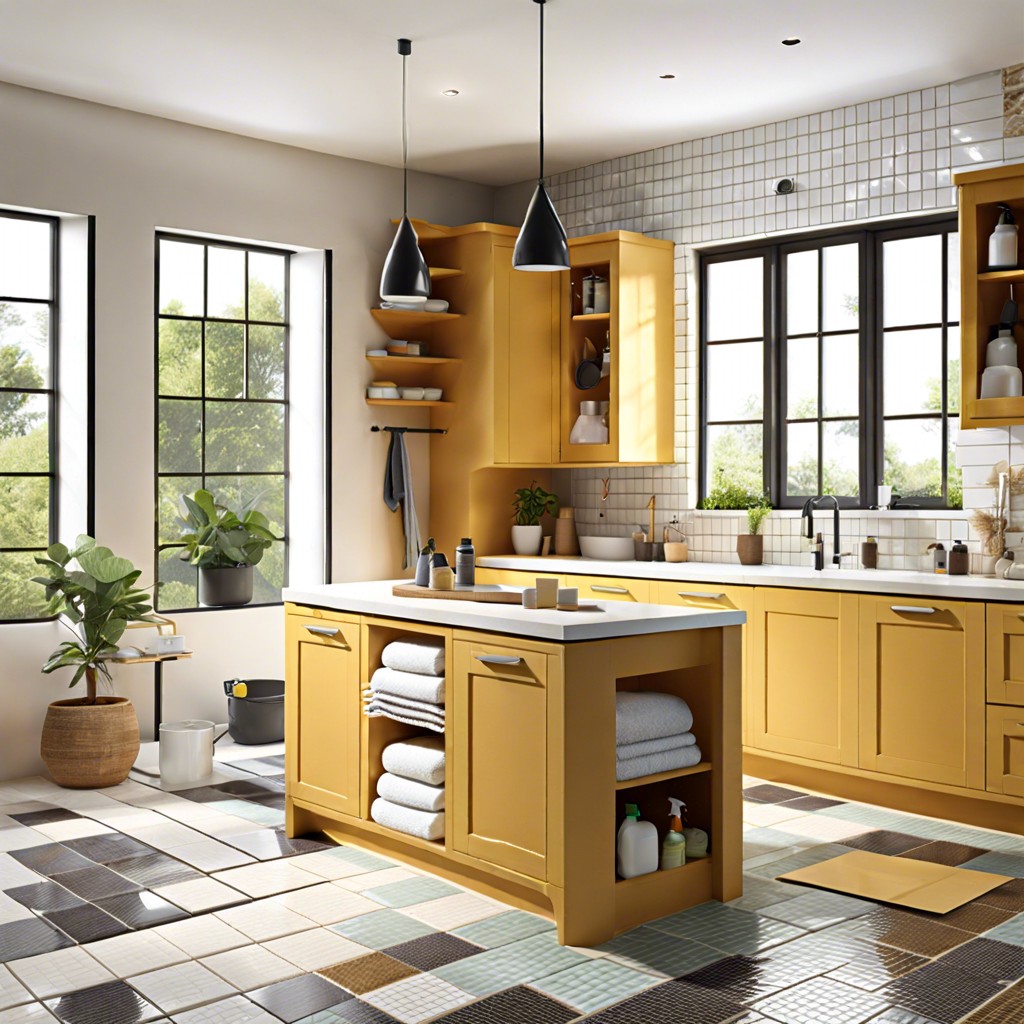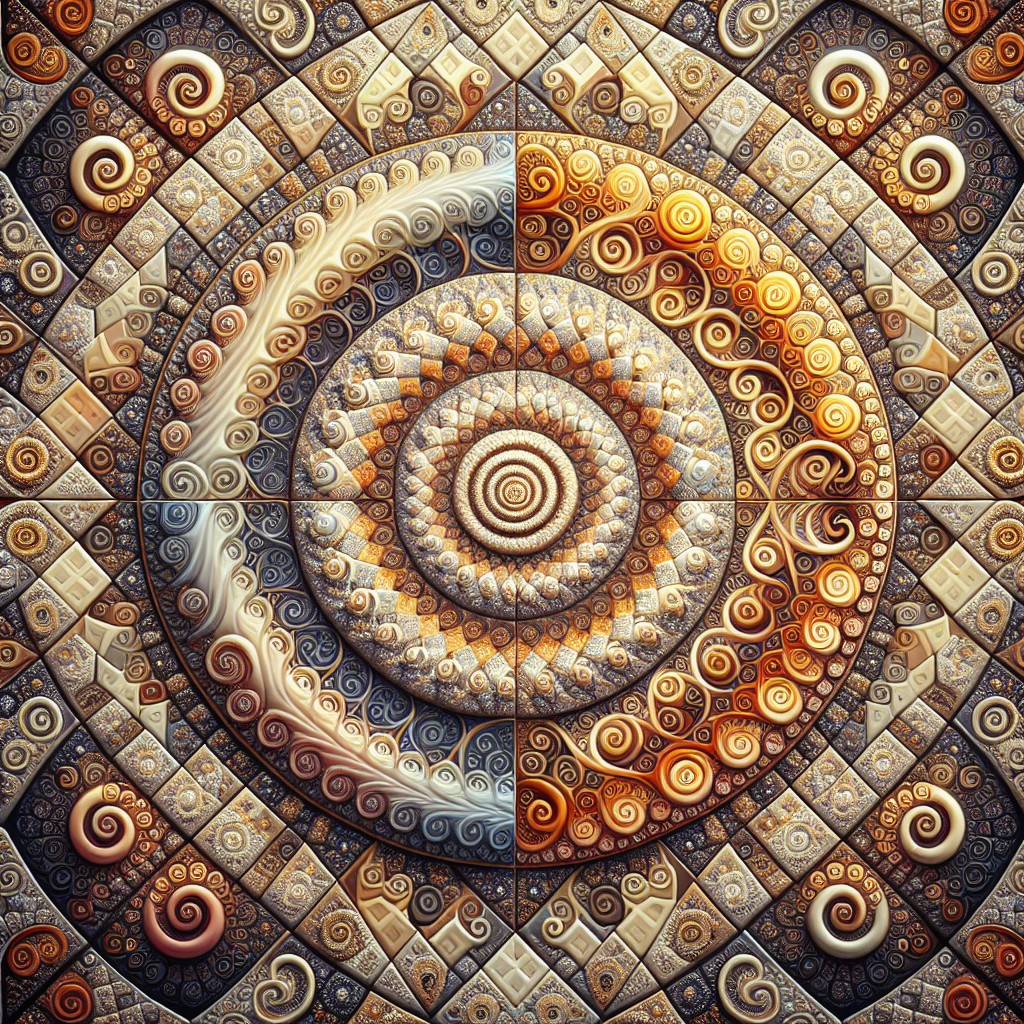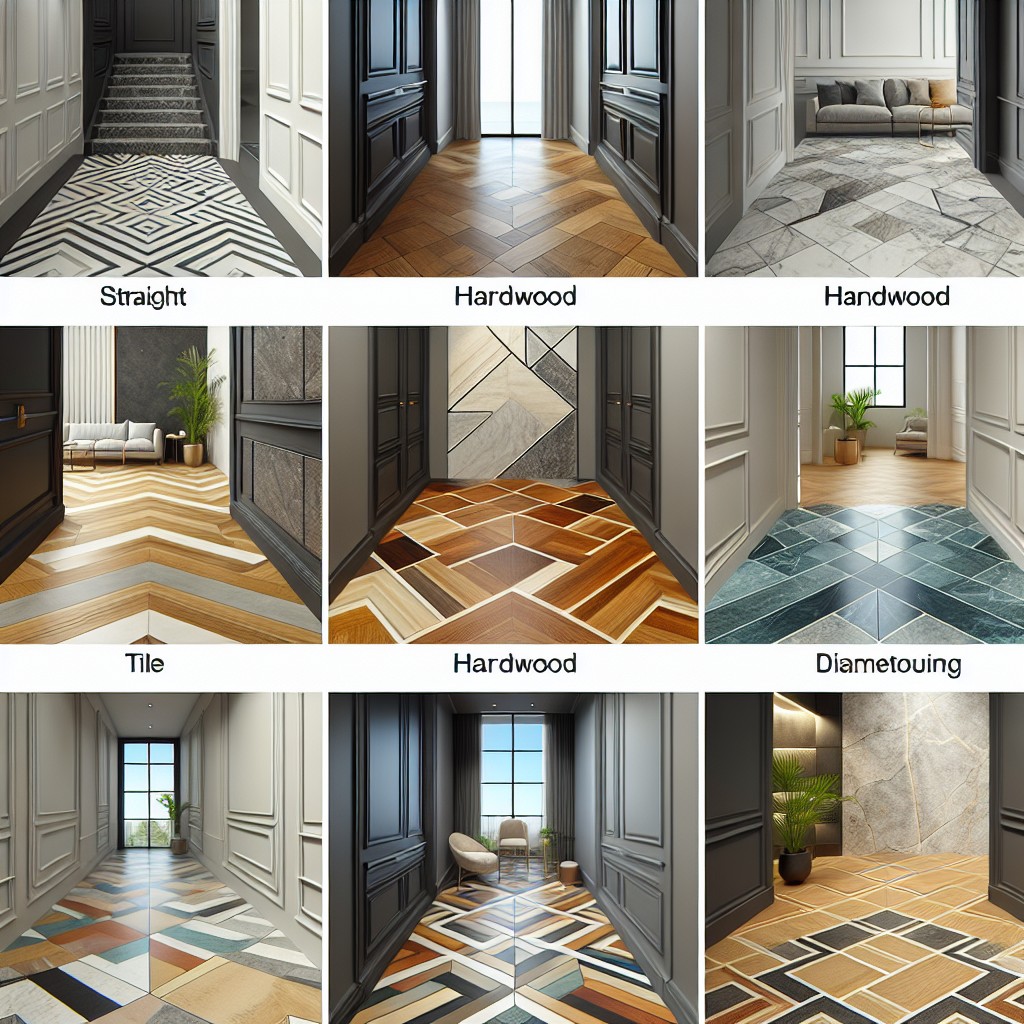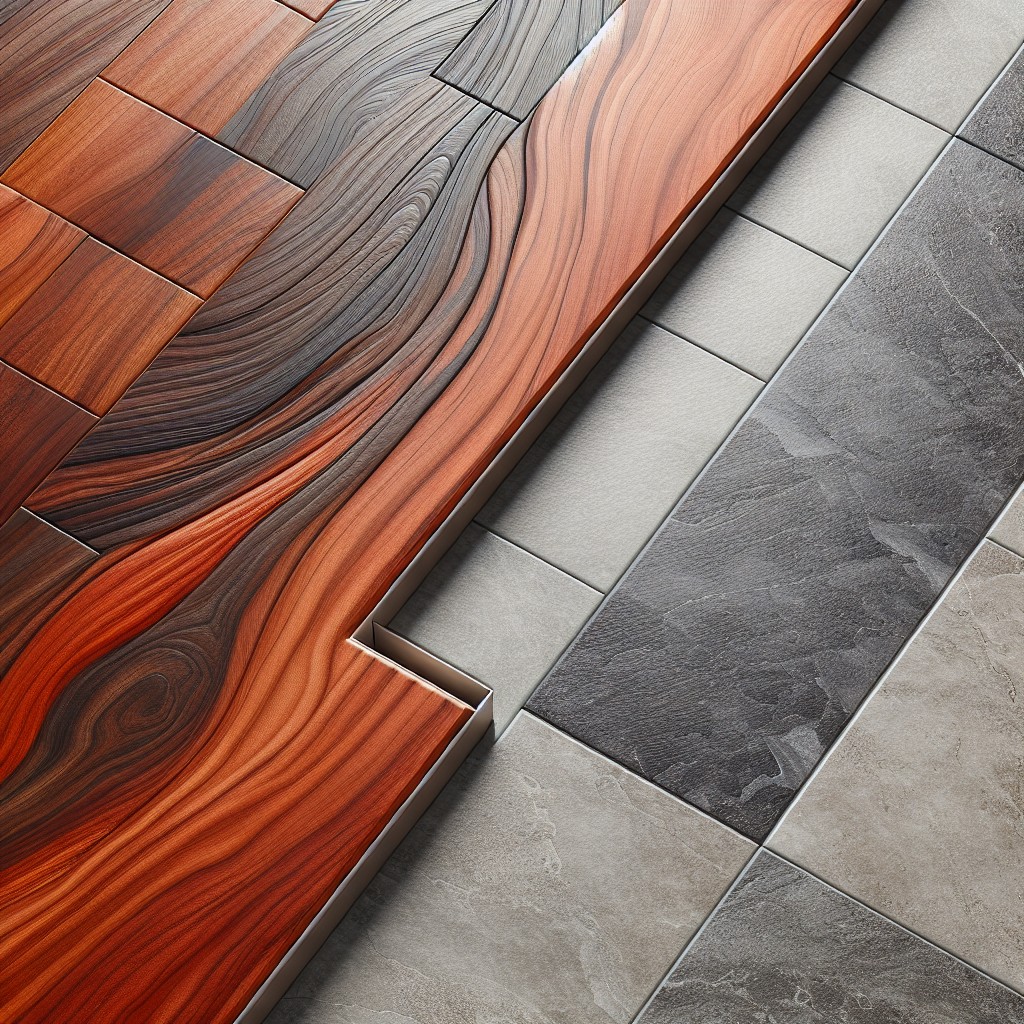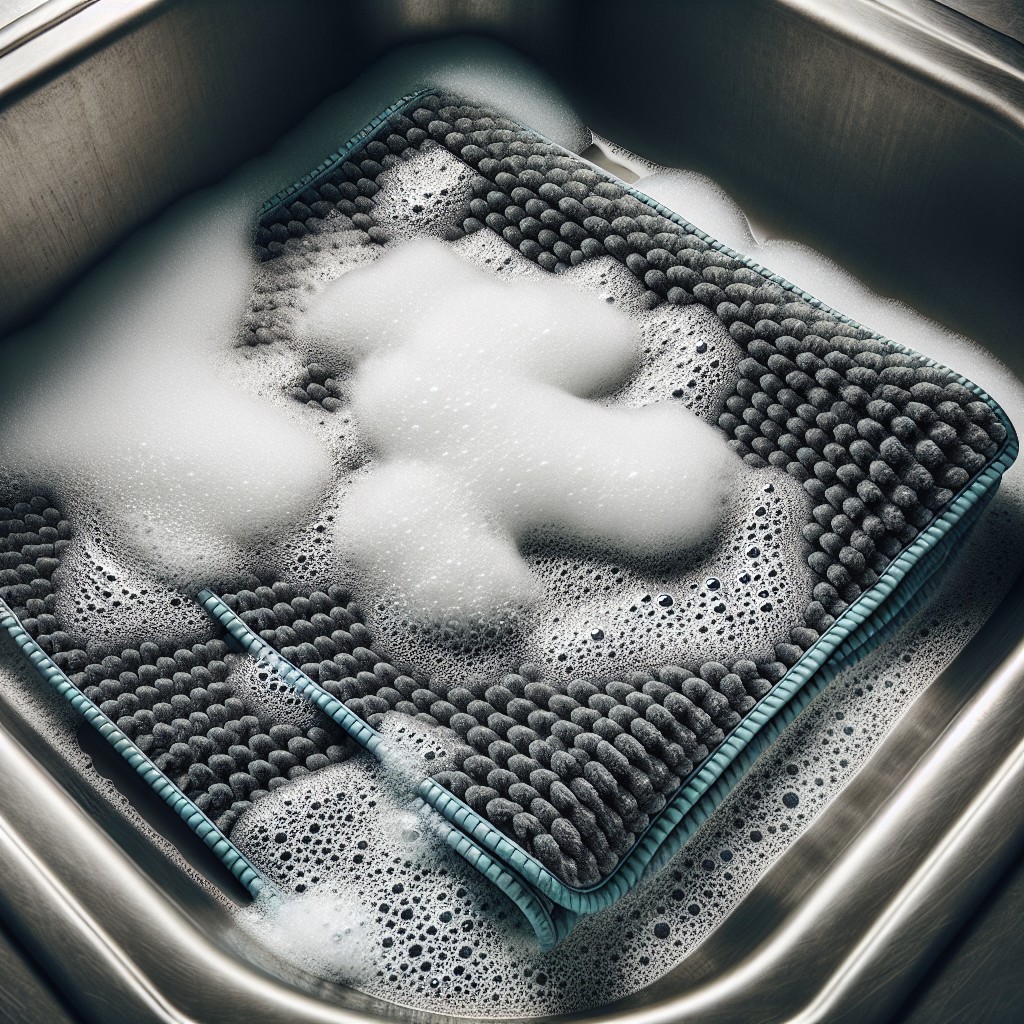Last updated on
Discover practical tips and tricks to effectively clean and maintain your linoleum floors.
Linoleum floors are like that endearing friend who always shows up with the latest trends but can be a bit high-maintenance. Ready to tackle dust duty? Grab that trusty microfiber mop and ditch the old broom! Wondering about strong chemicals, rough brushes, or baking soda tricks? I’ve got you covered. Curious about steam’s magic touch on linoleum or how washing up liquid could save the day? Look no further. Stay with me, and you’ll soon be gliding across spotless, gleaming linoleum floors, armed with tips that make cleaning both efficient and a tad more enjoyable.
Key takeaways:
- Dust regularly to prevent buildup.
- Use a microfiber mop for effective cleaning.
- Avoid strong chemicals to protect the floor.
- Wipe up spills immediately to prevent damage.
- Use baking soda and vinegar for tough stains.
What's Inside
Dust Regularly
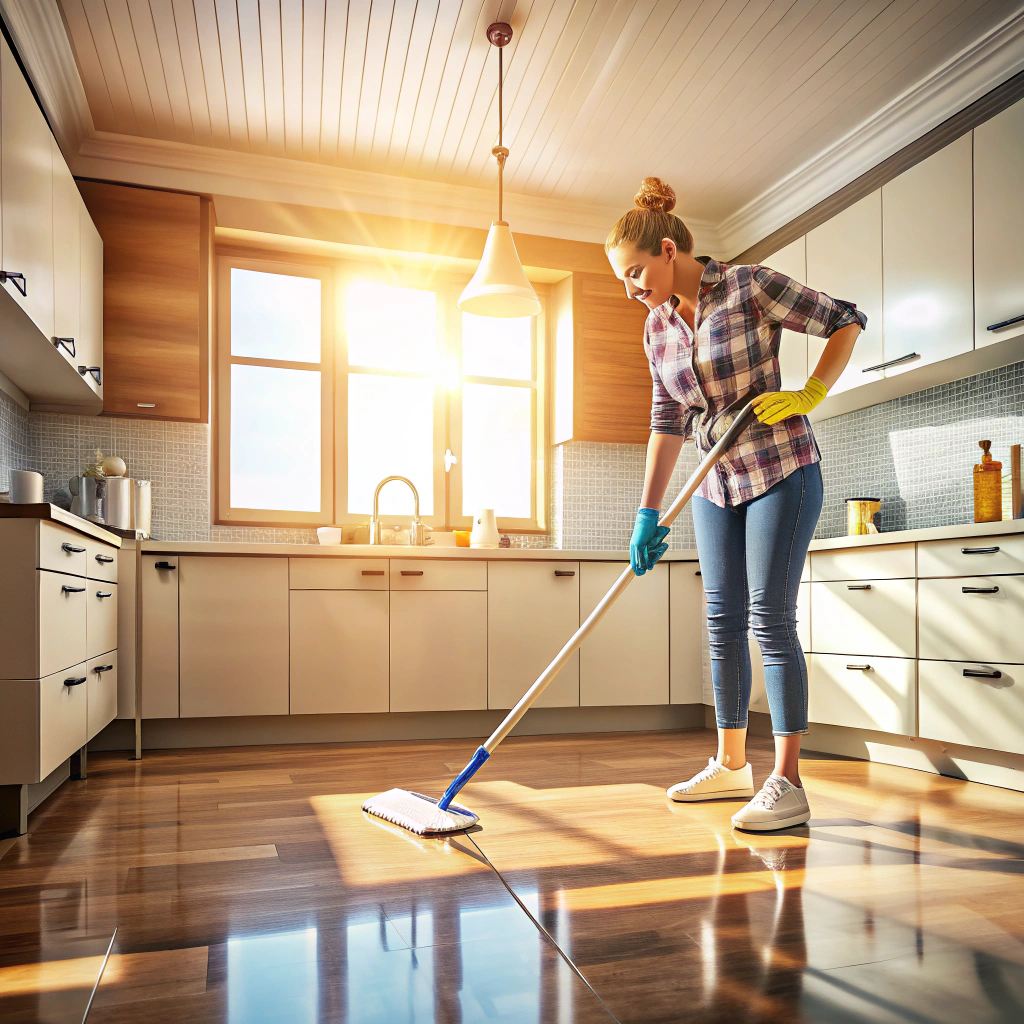
Picture this: dust bunnies staging a coup d’état under your fridge! Regular dusting is your first line of defense to avoid a dust bunny rebellion.
Use a broom or a dust mop to sweep away dirt and grit. It’s like giving your floor a gentle morning yoga stretch.
Consider putting a ‘shoe-free’ rule at home. Loafers are notorious dust carriers!
Invest in a good doormat. It’s like a superhero’s cape, catching dirt at the door.
Setting up a schedule, like every other Tuesday, might sound odd, but it makes dusting less of a chore and more of a game against procrastination.
Regular attention means your linoleum floor stays fresh and scratch-free, like that perfect apple you want to keep shiny forever.
Use a Microfiber Mop
Microfiber mops are like the secret agents in the world of cleaning. They glide across your linoleum floors, picking up dirt and dust like James Bond on a top-secret mission, minus the tux.
These mops are gentle yet effective. Their tiny fibers dig deep into crevices, grabbing onto debris and not letting go—like a dog with a bone.
Eco-friendly is their middle name. Microfiber mops often only need a bit of water, trimming down the need for chemical cleaners, which both your floors and the environment will appreciate.
Say goodbye to streaks and smudges. The absorbent nature of microfiber ensures your floor dries quickly and shines brighter than a disco ball under a spotlight—minus the dancing.
Keep It Dry
Too much moisture can be a real villain for linoleum floors. Lingering water can creep into seams, causing the floor to swell and warp like a cranky accordion.
- Always wring out your mop well. We’re going for the “damp, not drenched” vibe.
- Wipe up spills pronto. Imagine spilled juice as your floor’s worst enemy, swiftly marching to victory if left unchecked.
- For extra protection, use area rugs or mats in splash-prone zones like the kitchen or bathroom.
Keep it dry, and your linoleum floor will thank you with years of gleaming smiles!
Strong Chemicals
So you’ve got a stubborn stain that just won’t quit? It’s tempting to reach for that powerful miracle cleaner you saw on TV. But beware, linoleum floors aren’t fans of strong chemicals. They’re like the divas of the floor world—beautiful and demanding.
Why should you avoid these potent cleansers?
First, they can lead to discoloration. Your floor might end up with a patchy tan like it fell asleep in the sun.
Second, harsh chemicals can strip away the protective layer on linoleum. Imagine if your phone screen protector just upped and left. Vulnerable, right?
Lastly, there’s the material health itself. Linoleum might start to break down, cracking under pressure, literally.
Instead, stick to pH-neutral products. Your floors will thank you, and you’ll avoid having to frantically Google “fix linoleum disaster” at 2 a.m.
Go gentle, and your floors will stay vibrant and happy. Think of them as the delicate yet charming protagonist in a rom-com. Handle with care!
Rough Brushes
Your linoleum floor’s archenemies? Rough brushes. They’re like a bad hair day—scratchy and absolutely not what you wanted.
Here’s why you should give them the cold shoulder:
– They can scratch the floor’s surface, leading to permanent damage that looks worse than your first driver’s license photo.
– Scrapes from these brushes can trap dirt, making cleaning a never-ending nightmare—like a never-ending game of Monopoly.
– Far better to opt for soft bristle brushes or microfiber pads. They’re gentle yet effective, like a teddy bear with a work ethic.
So, treat your linoleum to softness and watch it reward you with years of lustrous shine!
Baking Soda and Vinegar
Ah, the dynamic duo of household cleaning! These two ingredients are as essential as coffee is to Monday mornings or cats are to funny internet videos.
For spot cleaning, sprinkle a little baking soda on the troublesome area. Don’t go nuts or it might look like it snowed on your floor, and last I checked, indoors isn’t usually the best place for that.
Now, add a splash of vinegar. Watch as the fizzing show begins. Okay, so it’s not quite as thrilling as a fireworks display, but it does the trick and is safe for linoleum.
After the bubbling subsides — much like the enthusiasm for New Year resolutions by February — gently scrub the area with a soft brush or cloth.
Rinse with warm water to wash away the baking soda completely. No one wants a gritty floor, unless you’re attempting a beach vibe in your living room.
Say goodbye to stains and odors. It’s a simple, eco-friendly clean with supplies already lounging around in your pantry like they own the place. Linoleum floors never looked so good, and all without breaking a sweat or raiding your wallet!
Washing Up Liquid
Grab some warm water and add a squirt of washing up liquid. Voilà, you have a mild cleaning solution that’s gentle but effective. Linoleum floors love it.
Always use a gentle dish soap. The harsher ones might leave your floor looking dull. Remember, it’s a partnership, not a battle.
Mix the solution thoroughly, making sure it’s bubbly and cheerful. Why should cleaning be boring?
Use a soft mop for spreading the soapy water over the linoleum. Let the suds work their magic. They clean, while you channel your inner dance star with the mop.
Rinse the floor well with clean water afterwards to avoid soapy residue. Slippery floors equal impromptu skating—fun for penguins, not humans!
Steam
Why settle for hot water when you can harness steam to melt away dirt like an evil villain?
Steam is about as high-maintenance as your Aunt Edna’s cat, but it can be effective. Always make sure to use the steam cleaner on the lowest setting. It helps avoid any linoleum meltdowns. Steam lifts grime without the need for harsh scrub-a-dub-dub. You’ll want to maintain a steady pace, like when you’re power-walking to the store before it closes.
Know your linoleum’s history. Older floors might appreciate a gentler approach, so consult the manufacturer’s guidelines before going full steam ahead.
Waltzing around with a steam cleaner can also be oddly therapeutic, like vacuuming but with less noise and way more satisfaction. If it was possible to keep your floors spotless while binge-watching your favorite show, this might be it.
Remove Loose Particles and Debris
Start the cleaning saga by clearing the path of all debris. Think of it as de-cluttering Mother Nature’s desk.
Here’s the game plan:
First, grab a trusty broom or dust mop. Sweep up loose particles like dirt, dust, and any freeloading crumbs. Pretend you’re wielding a magic wand, banishing tiny invaders.
If your floor’s been particularly expressive with dust bunnies, a vacuum with a ‘hard floor’ setting might be your best friend. It’s like bringing in the heavy artillery but without the kaboom.
Bend your knees a bit and get into the corners like a champion hide-and-seek player discovering hidden treasure (or dust).
In no time, your floor will be clear, and you’ll feel like you’ve conquered the first boss battle in the linoleum cleaning quest. Now you’re ready to move on to the next step!
Mop the Floor
Ah, the mop. A magical wand for floors, but without the glittery aftermath.
Fill a bucket with warm water and a bit of mild liquid soap. Avoid turning the bucket into a bubble bath—basically, a few drops will do the trick. Less is more because a bubbly floor equals slippery business.
Always wring out the mop well. You want it damp, not a drippy mess. Linoleum doesn’t like prolonged water exposure, much like how cats feel about swimming pools.
Add some dance moves if you’d like. Think of it as a mix between Swan Lake and a Zumba class. Once finished, it’s wise to dry the floors with a towel. Quick and easy, just the way nature (or at least linoleum) intended it.
